
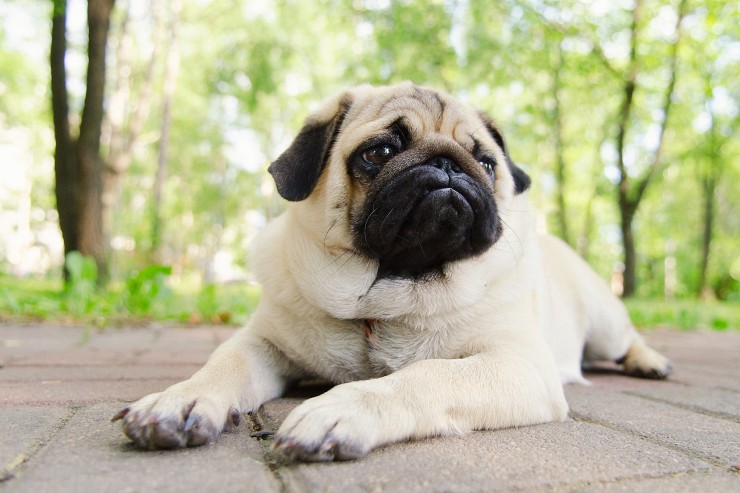
Intussusception is the term used to refer to a condition in which the intestine telescopes or slides in on itself, which generally occurs within the small intestine, but can also happen to the large intestine too.
While the condition is not amongst the most common disorders of the canine digestive system, some breeds of dog are more prone to it than others, such as the Pug, and to a lesser extent, the Puggle, which is a cross-breed consisting of a Pug and a Beagle, and the Jug, which is a cross between the Jack Russell and the Pug. The condition in any breed or type of dog can be potentially life threatening and can affect dogs of any age, so it is a good idea for all dog owners to develop a basic understanding of this potentially very serious condition, and its symptoms. Read on to learn more about intussusception in dogs.
Intussusception is the term used to describe a situation in which the intestine itself, which is essentially a large, coiled tube, telescopes along part of its own length, meaning that part of the intestine folds up into another section. This usually happens in the small intestine, but in less common cases, may occur in the large intestine instead. When the telescoping that is the signature of intussusception occurs, the blood supply through the intestine itself is greatly reduced, leading to the telescoped tissue swelling up, further restricting the blood supply, and ultimately dying off.
Intussusception can be fast in onset, and so identifying the symptoms of the condition quickly is essential.
There are a range of conditions and situations that can cause an intussusception to occur, or make a dog or puppy more predisposed to developing one. Anything that affects the motility and health of the intestine and digestive system may lead to the combination of factors that can lead to telescoping, such as a high worm count, infection with a virus such as parvo, or bacterial gastroenteritis.
If your dog chews up their toys and eats plastic or other particles, this too can lead to the development of an intussusception if the debris lodge in the intestine rather than being passed normally in the stools.
When part of the dog’s intestine telescopes in, this essentially obstructs or fully blocks the intestine, which can lead to vomiting as food is unable to pass out of the body in the normal way. After the faeces that were already in the intestine beyond the point of the obstruction have been passed from the body, further stools are unlikely to follow, due to the blockage.
Faeces that appear to be jelly-like in texture can indicate an intussusception, and affected dogs will usually lose their appetite entirely, and have a painful, sore abdomen in the area of the blockage.
If you suspect that your dog may be suffering from an intussusception, you should take them along to the vet as soon as possible in order to get a definitive diagnosis. Your vet will make a physical examination that includes palpating the abdomen to check for pain and blockages, and will usually also run an abdominal x-ray with barium contrast to identify the location and extent of the problem.
Exploratory surgery may be required too, if x-ray examination proves inconclusive.
Intussusception is a serious condition that will not go away on its own or resolve itself. Left untreated, the telescoping of the intestine, associated swelling and die off of tissues all restrict blood flow to the intestine, leading ultimately to the die-off of that part of the intestine, and the release of bacteria and other toxins into the body.
The only way to successfully correct an intussusception is via surgery; your vet will either slide the telescoped part of the intestine apart if this is possible and the affected area has not already begun to die off, or in some cases, the telescoped area may be removed entirely, and the remaining parts of the intestine reattached.
This is a major surgery, which comes with an associated need for a calm recovery period, with the first few days after treatment usually requiring an inpatient stay. Assuming that the surgery is performed promptly and proves effective, most dogs will make a complete recovery. However, dogs that have suffered from one intussusception have a higher risk of the problem developing again in the future, and so your vet may decide to perform an additional procedure called an enteroplication, which involves tacking the loops of the intestine to each other in order to reduce the possibility of the problem occurring again.
Learning to recognise the signs of an intussusception and seeking treatment promptly if you observe them in your own dog can help to ensure that should your dog be affected, help can be sought promptly to give your dog the best chance of survival.
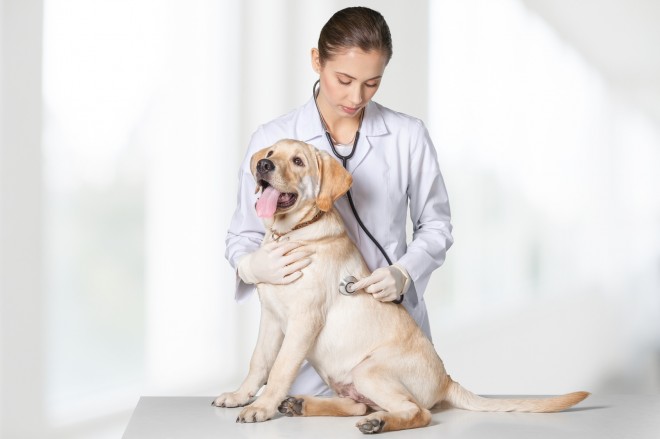 Reasons For Why Dogs Might Not Urinate After Surgery
Reasons For Why Dogs Might Not Urinate After Surgery
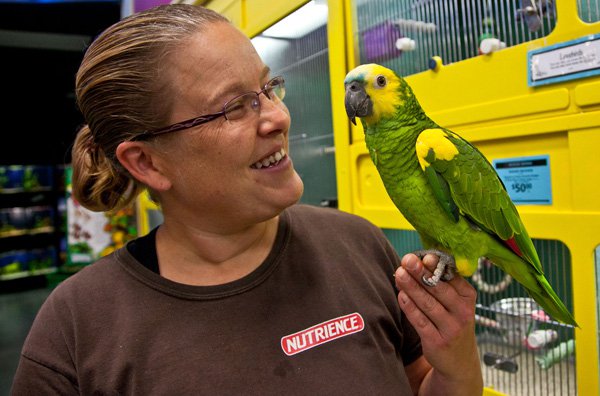 How to Select Best Quality Foods for Dogs?
How to Select Best Quality Foods for Dogs?
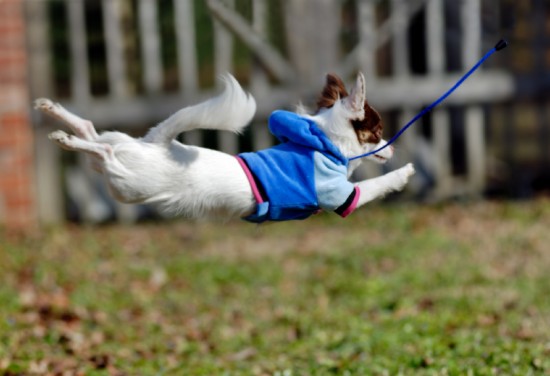 Dancing With Your Dog - Heelwork To Music
Dancing With Your Dog - Heelwork To Music
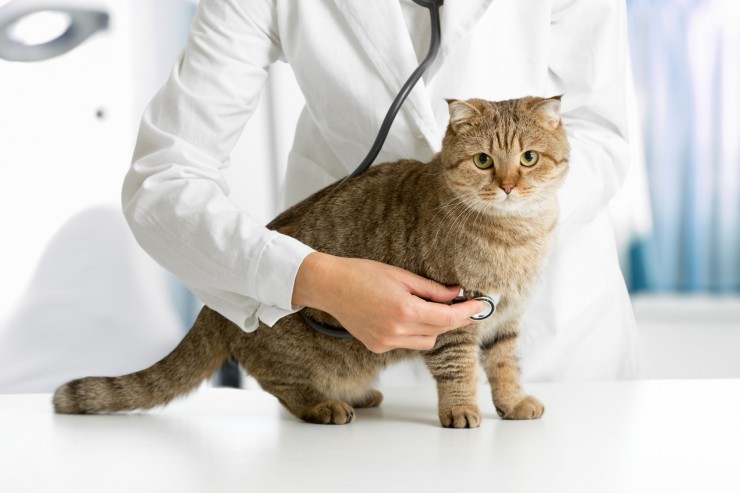 Veterinary Malpractice - What You Can Do About It
Veterinary Malpractice - What You Can Do About It
 Could You Help The Cinnamon Trust In Their Work With Older People And Their Pets?
Could You Help The Cinnamon Trust In Their Work With Older People And Their Pets?
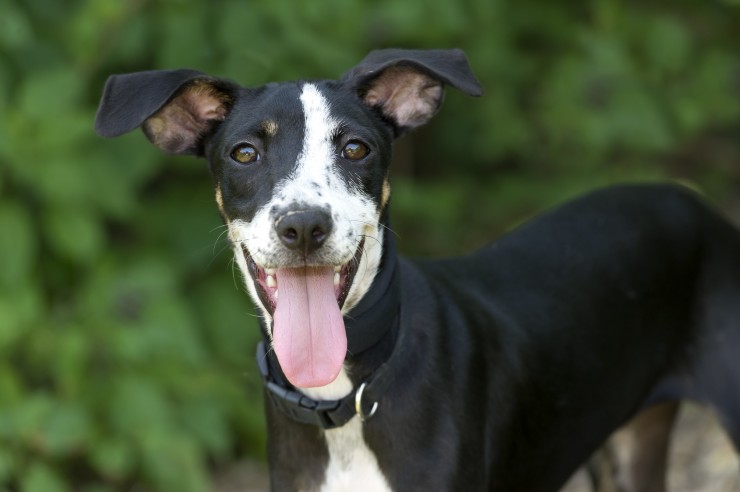 National Pet Month’s Top Ten Tips For Responsible Pet Ownership Explained
National Pet Month’s Top Ten Tips For Responsible Pet Ownership Explained
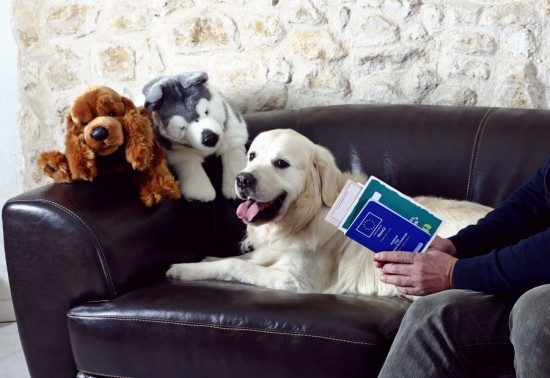 International Travel With Your Pet
International Tra
International Travel With Your Pet
International Tra
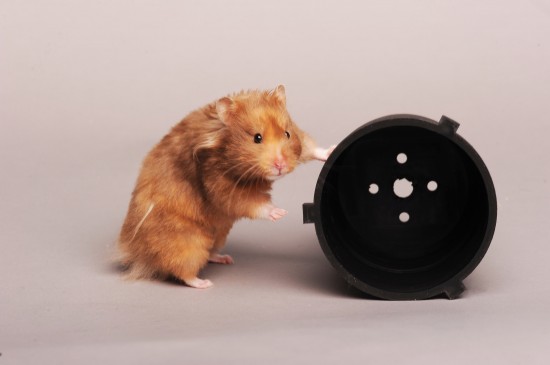 Fun Interesting Facts About Hamsters
Fun Interesting F
Fun Interesting Facts About Hamsters
Fun Interesting F
 Yorkiepoo, Yorkapoo, Yoodle ... A Unique Mixed Breed Dog
Yorkiepoo, Yorkap
Yorkiepoo, Yorkapoo, Yoodle ... A Unique Mixed Breed Dog
Yorkiepoo, Yorkap
 Guide To Starting Bird-keeping
Guide To Starting
Guide To Starting Bird-keeping
Guide To Starting
 Walk with your buddy!!
Walk with your buddy!!
What about taking your
Walk with your buddy!!
Walk with your buddy!!
What about taking your
Copyright © 2005-2016 Pet Information All Rights Reserved
Contact us: www162date@outlook.com